
A few months ago my original HomePod died. Its early death was likely an unfortunate side effect of a bad software update. And since Apple no longer sells the original HomePod after discontinuing it early this year, the only option is to buy a HomePod mini, buy a used HomePod, or look elsewhere entirely.
Though it doesn’t possess the amazing sound quality of the original HomePod, the HomePod mini is a good smart speaker, and is better than the original in other ways. With last week’s release of three additional HomePod mini colors, I thought it was a good time to revisit some of the best HomePod mini features.
HomePod mini colors
Announced at Apple’s 2021 MacBook Pro event, the HomePod mini gets three fun new colors: blue, orange, and yellow. These colors join the black and white color options that debuted with the launch of the mini. The original HomePod had no such color options, so if you’re tired of the same old boring look, then the HomePod mini is a great way to add a splash of color to your environment.
After going hands-on with all three new color options, the yellow and blue colors are my favorites. The orange HomePod mini just doesn’t do it for me, and I would have much preferred to have red over orange. All three new color options come with white touch surfaces, just like the original white HomePod mini.
Video: Hands-on with new HomePod mini colors
Subscribe to 9to5Mac on YouTube for more videos
Like HomePod units before it, the new color options feature color-matched power cables, which complement the new digs. The look bears a strong resemblance to the Lightning to USB-C cables that come bundled with today’s iMacs.
Other than the color options, these HomePod mini models are exactly the same as the previous black and white editions. Unless you just want additional HomePods to place around the house, there’s no reason to upgrade from your existing HomePod mini speakers from a technical perspective.
With that noted, the HomePod mini is the perfect product for experimenting with fun colors. Something tells me that this isn’t the last of the smart speaker’s colorways.
Price
While Apple eventually dropped the price of the original HomePod by $50 (before dropping it altogether), the speaker debuted with a hefty $350 price tag. It was a lot to ask for a smart speaker that initially lacked much of the smarts that it features today. As such, the original HomePod stumbled out of the gate, and apparently never sold through its initial allotment, as there were still launch units available years later. The HomePod mini, with its wallet-friendly $99 price tag, has no such barrier to entry.
Sound quality
Compared to the original HomePod, there’s no way around the fact that the HomePod mini doesn’t sound as good. Two HomePod minis in a stereo pair sound a lot better than a solo HomePod mini, but I still think a single large HomePod sounds better, especially when playing back music with a lot of low-end sound. When compared to two full-size HomePods in a stereo pair, it’s not even in the same ballpark, especially with low frequencies.
Although not a real HomePod replacement for audio enthusiasts, HomePod mini sounds good for its size. It’s designed in a way to emit 360-degree audio to fill a space with sound no matter where it’s placed, and the built-in Apple S5 chip enables computational audio to further enhance sound quality.
Place it anywhere and everywhere
The original HomePod, while not gargantuan, is significantly larger and heavier than the HomePod mini. The small size of the mini means that it can easily be placed in areas that weren’t accommodating to the original HomePod. Outside of price, the diminutive form factor is arguably the biggest advantage of the HomePod mini. Because it’s relatively inexpensive and so small, it’s much better than the larger HomePod for high traffic areas like the kitchen.
Apple TV companion
A pair of HomePod mini speakers makes the perfect Apple TV 4K companion. In fact, like its larger brethren, a stereo pair of HomePod mini smart speakers can be used as the default sound output for the Apple TV.
I’ve been using my two original HomePod mini speakers with my Apple TV for several months now, and I’m having a good time with it. It’s obviously not surround sound, so it can’t compete with dedicated home theater setups in that way, but it’s a good-sounding solution that works well for movies, games, and Apple Music.
There’s even an option for eARC, currently in beta, that allows you to use your HomePod mini speakers as output for other inputs sources connected to your television. I use this feature with my 48-inch LG CX to output Nintendo Switch audio directly to my HomePod mini stereo pair. Even though it’s in beta, and at times a bit flaky, I love the seamless experience that it provides with all audio directed to the same output no matter the source. You can find the eARC setting under Settings → Video and Audio → Audio Output → Audio Return Chanel (Beta). You’ll need to also enable eARC on your television settings to make it work.
What I most appreciate about using the HomePod mini as a dedicated Apple TV speaker is the fact that there are no wires needed outside of the power connections. A pair of HomePod minis makes for an extremely clean speaker setup that sounds miles better than the stock speakers in your television.
Siri
One of the great things about HomePod mini is that it features four microphones that help cancel noise. This allows users to use the “Hey Siri” keyword when in a loud environment, or even when far away from the speaker.
From time to time Siri still causes me frustration with its incoherent responses, long wait times, and occasional incompetence, but there’s no denying that the experience is much better than it was when the HomePod first came to market.
One of the most glaring omissions from the initial HomePod launch was the lack of support for multiple timers. Of course, Apple finally fixed this issue, and has continued to improve the experience. For example, users can now use an Intercom feature to communicate with other household members, while personal requests have been improved to recognize the voices of up to six family members.
Here are just some of the enhancements that are available on HomePod mini today:
- Multiple timer support
- Intercom to communicate with other household members
- Music handoff
- Personalized listening suggestions
- Multi-user support
- Apple TV default speaker
Software updates
The HomePod, with the Apple S5 system on a chip, includes software based on iOS, and can receive over-the-air software updates just like any other product in Apple’s lineup. Apple has already added several new features to the HomePod mini that weren’t initially available when the device shipped, and it will continue to do so as time goes on.
Privacy & security
One of the biggest concerns with a so-called “always listening” smart speaker relates to privacy. First and foremost HomePod mini only listens for the “Hey Siri” keyword before it listens to your requests. You also have the option of completely disabling the keyword, and activating Siri manually via a physical touch.
When you ask Siri to do something, the request isn’t associated with an email address, user ID, etc. Instead, Apple employs the use of random identifiers to associate with your requests. And some requests, like playing back messages, are done in tandem with your iPhone directly on device, meaning no information goes back to Apple.
HomeKit control & Thread support
One of the biggest incentives for adding a HomePod to your life is for its HomeKit device control. With just your voice, you can control all of your HomeKit-enabled smart home devices, such as door locks, lights, thermostats, TVs, and more.
Better yet, like the Apple TV or original HomePod, the HomePod mini acts as a HomeKit hub. A HomeKit hub allows you to control your smart home devices while away from the house. I use this functionality all of the time to check the status of my door locks, adjust the temperature, and check cameras while I’m away.
Unlike the original HomePod, the HomePod mini supports the Thread network protocol. Thread is governed by the Thread Group, a collection of multiple companies, including Apple. Apple’s first Thread-enabled product, the HomePod mini, can communicate with other Thread-enabled devices, such as smart lights, locks, sensors, etc.
In practice, Thread support means faster response times, less failed requests, and less delays when asking Siri to control Thread-enabled smart home products. It’s basically a way to make controlling smart home devices more reliable. I tested out Nanoleaf’s Thread-enabled Essentials lights, and the connection has been rock solid and responsive.
USB-C connection
The HomePod mini’s USB-C connection not only provides users with a way to connect to the included 20W power adapter, but also provides a way to connect the smart speaker to a Mac for restoring software. As someone who’s experienced a bricked HomePod with no way to recover its software, having this USB-C connection lends peace of mind.
Upcoming Apple Music voice plan
Even if you’re not yet an Apple Music subscriber, Apple recently announced a new voice-only Apple Music plan that’s probably most ideal for the HomePod mini. The upcoming $4.99/month ad-free Apple Music Voice Plan is designed exclusively to use Siri commands to play songs, playlists, radio stations, etc. The downside to this plan is that there is no visual UI and all songs, playlists, and radio stations are requested using Siri, and only Siri.
Conclusion
Although I’m sad that Apple nixed the original HomePod, with its much better sound quality, I can understand why such a product proved to be a hard sell with its higher price, and less overall flexibility.
I remain hopeful that Apple will once again come out with a higher-end HomePod that sounds better, perhaps a unit with a screen. But the HomePod mini, with its low barrier to entry on price, compelling technology, and fun new colors, is undeniably a more practical product for the majority of people.
What do you think about HomePod mini? Sound off down below in the comments with your thoughts.
FTC: We use income earning auto affiliate links. More.




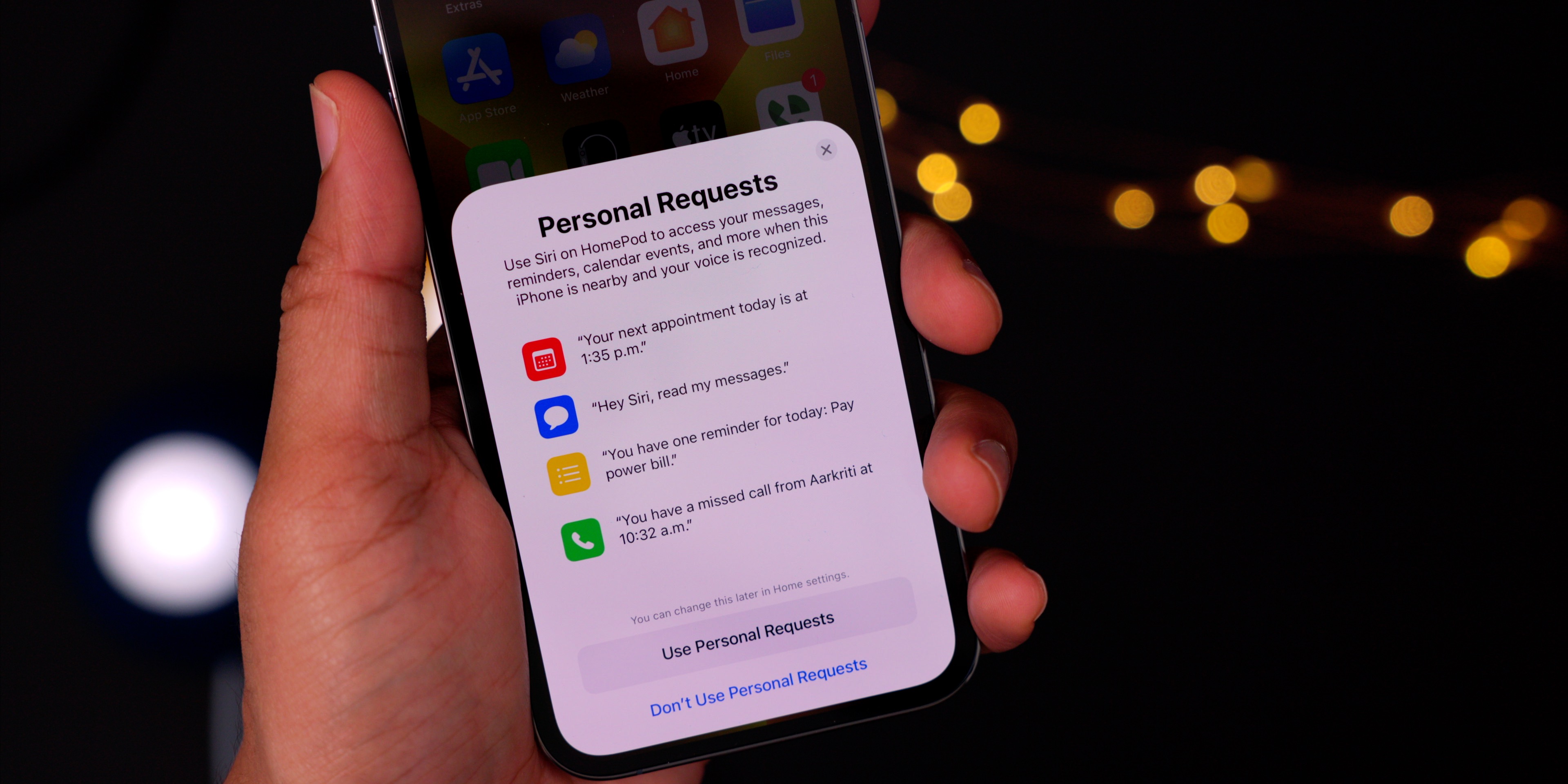
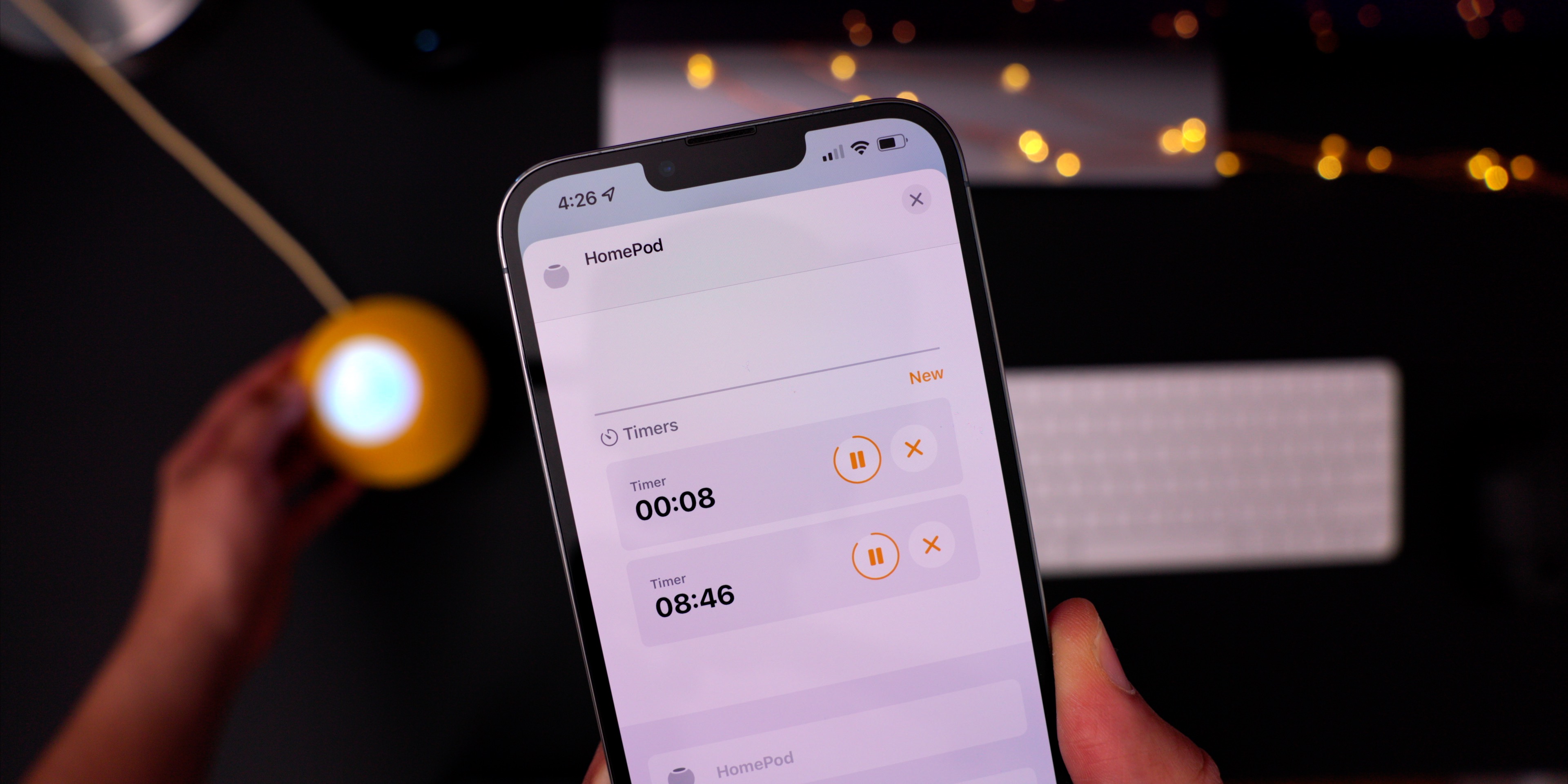

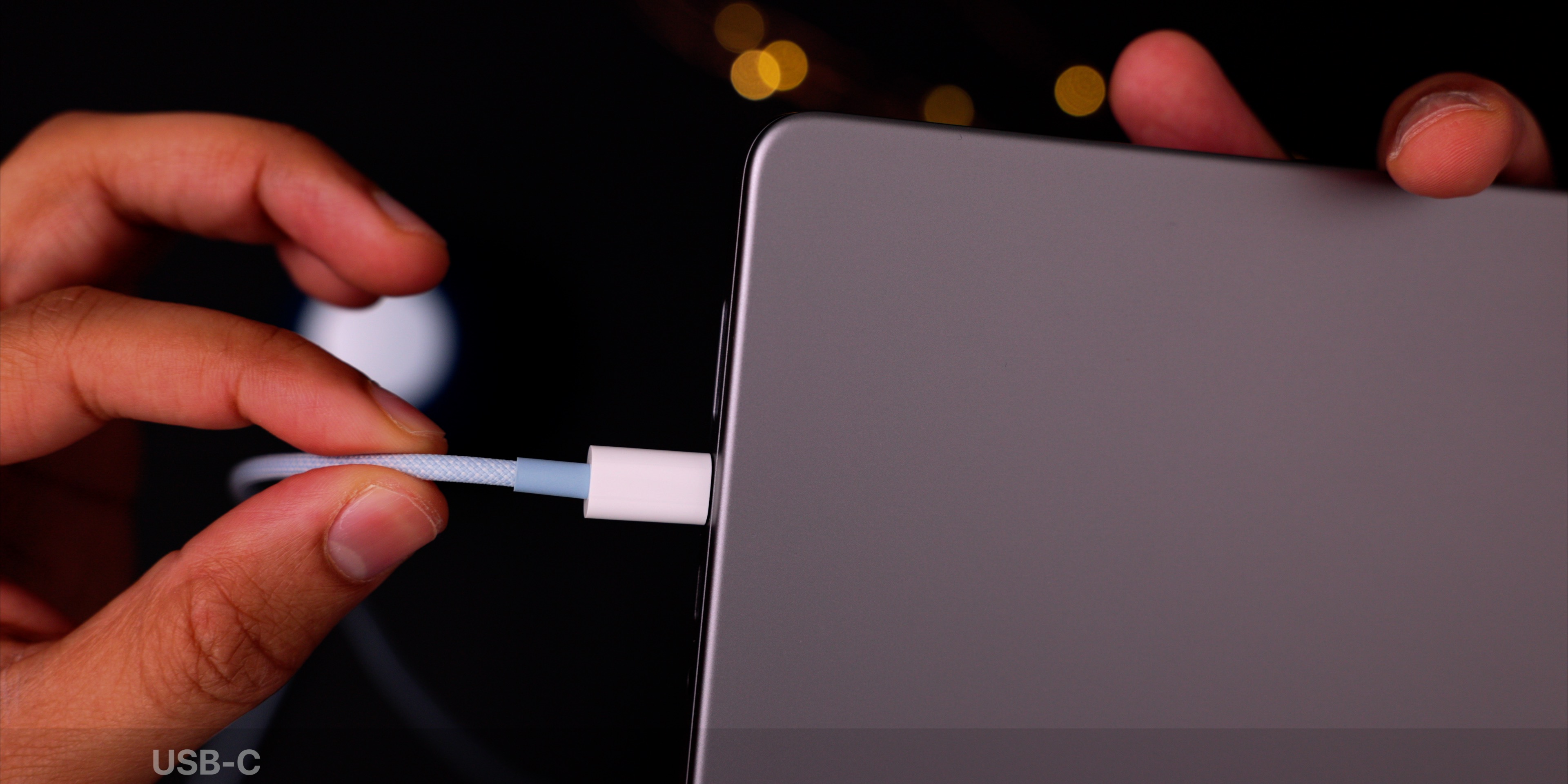
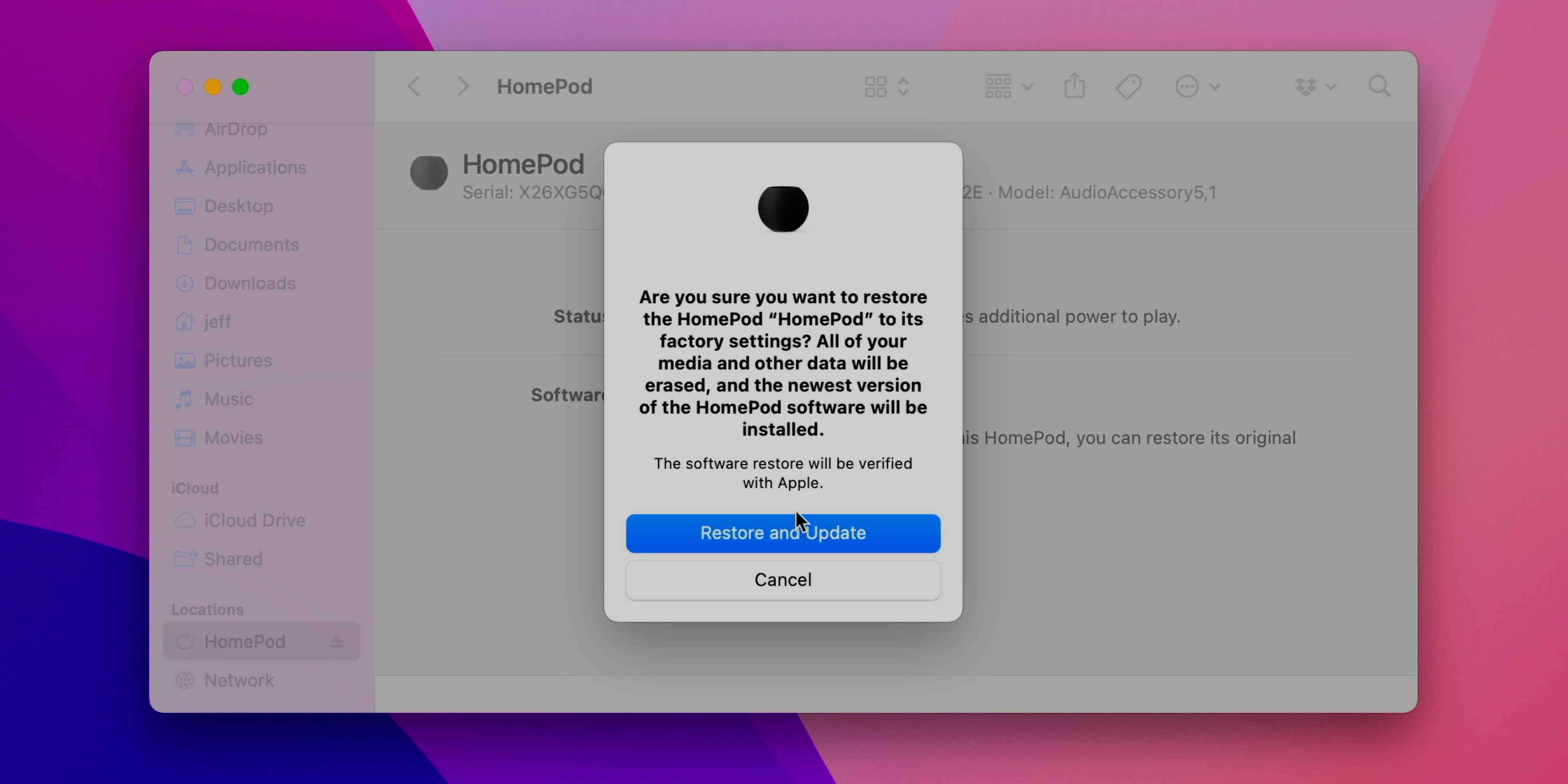


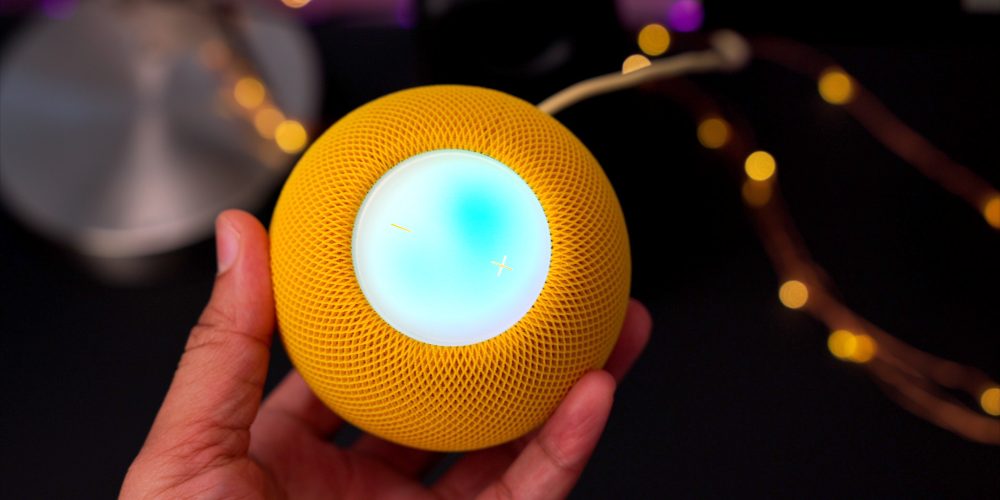
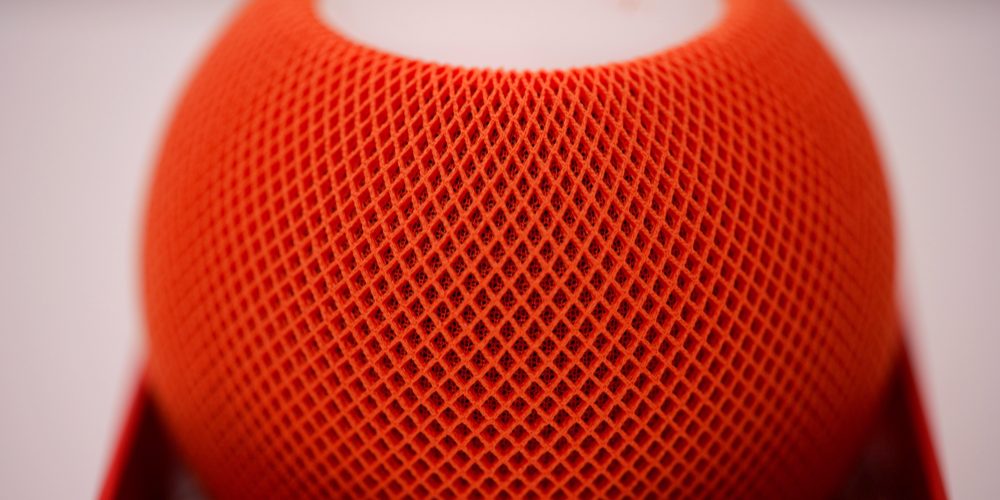
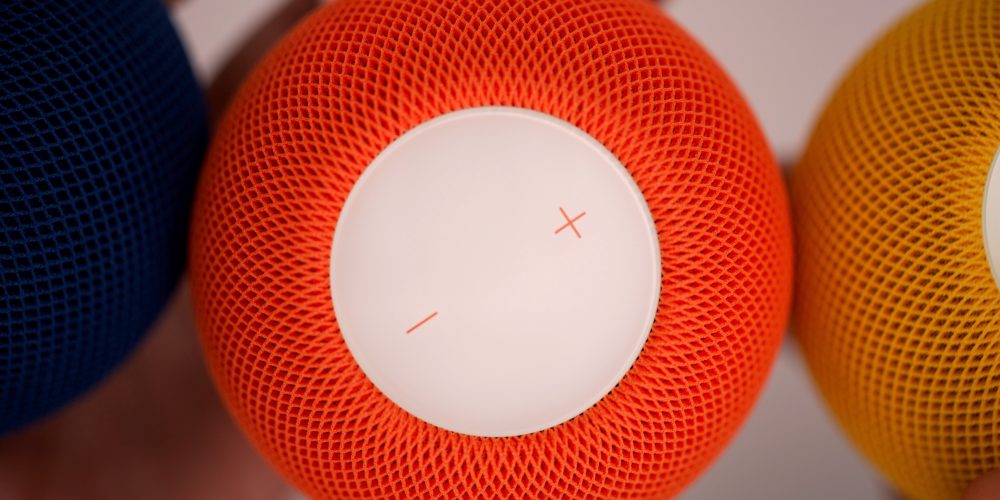
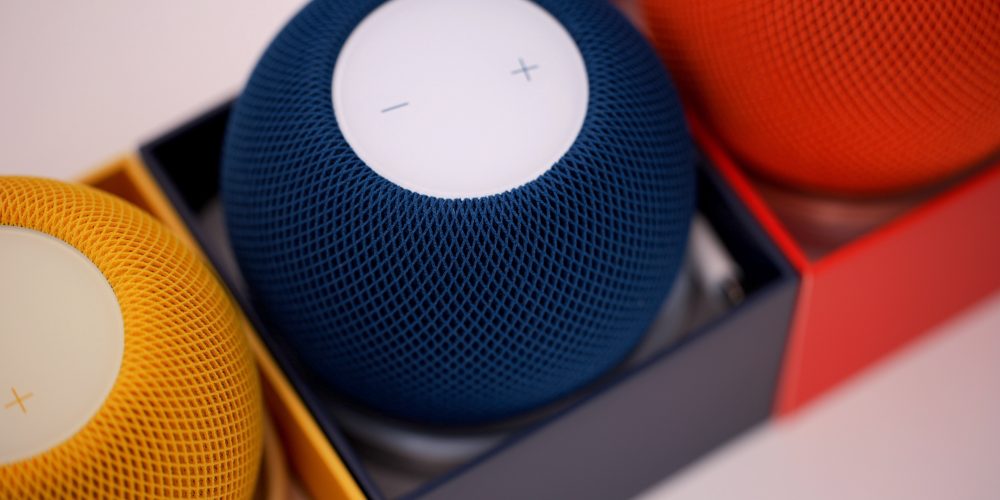
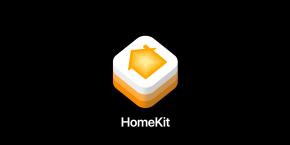




Comments